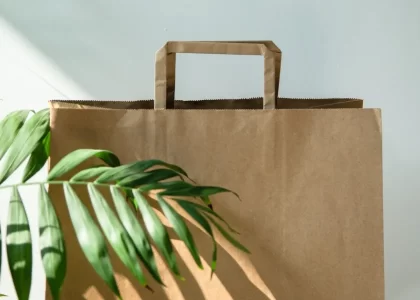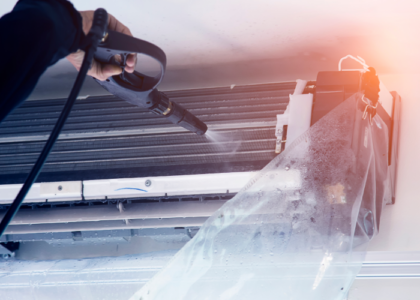In the United States, more than 3,500 people drown each year. Among them, people under 18 are at a higher risk of drowning in natural water. These numbers can reduce if we take precautions around water and ensure our children are safe.
That’s also where life jackets can save lives. But sometimes, it’s hard buying life jackets when so many different kinds exist.
Let’s say you are looking for a life jacket for your family. Would you know which exact life jacket you need to get? If not, read about three things to look for when buying life jackets.
1. Determine What Different Types of Life Jackets You Need
As stated before, life jackets come in different ways and are used for diverse activities. Some are for extreme situations, and other life jackets can be for situations where rescues will be short.
Here are the different types of life jackets:
Type I
These life jackets are for deep and rough waters. You’ll see that they’re bulky, so you can float easily without effort. Because of how hefty Type I life jackets are, they ensure the user is placed in an upright position tilted back, making it great in case the person is unconscious.
Get this type of life jacket if you’re going to be out at sea where it will take a long time for rescue to come in case something big happens.
Type II
Type II life jackets are flotation devices that are designed to go around your collarbone and down your chest, only on the front side. These jackets are used for calmer, inland waters and help keep the user upright.
Type III
This type of life jacket is for everyday general water activities where the user can be rescued immediately, like kayaking, fishing, and swimming. The Type III life jacket is not able to keep you in an upright position.
Type IV
A Type IV is not a life jacket. Instead, it’s a throwable flotation device in the shape of a life ring or cushion. It’s used to grab anybody who has gone overboard and needs rescuing.
All vessels must have a Type IV device that’s accessible.
Type V
You will usually see Type V jackets for special occasions like sports or water rescue. These life jackets can come with extra items and are for trained users who know how to maintain them. So, getting Type I, II, or III life jackets is recommended if you don’t want to keep up with maintaining an expensive Type V life jacket.
2. Find the Right Size
Finding the right size life jacket is essential, as a bigger one can become loose or a smaller jacket can be too tight. Sometimes, life jackets recommend a weight range, but the size matters most. You want to measure your chest and determine which size to get from there.
For children, life jackets can come in three sizes for infants and children with different weight and measurement ranges. So, getting the right size is crucial for water safety. You can check out this source for more information on outdoor safety and life jackets.
3. Features
Perhaps you’re an angler or do a lot of water sports. The different Types of life jackets can offer a diverse set of features.
For example, an angler’s life jacket can come with more pouches for fishing equipment. For sports life jackets, they could come in a different style and a tighter fit so you can maneuver easier.
Swim Safely and Discover More
Buying the correct life jackets is essential for outdoor safety. You must identify what Types of flotation devices you will need for your activity and determine what sizes suit you and your family. Additionally, looking for features that suit your needs is good when buying life jackets.
If you find this information helpful on life jackets, look at more of our posts that can help you out.






